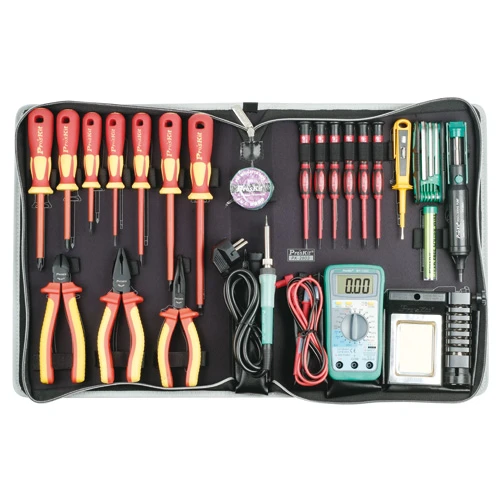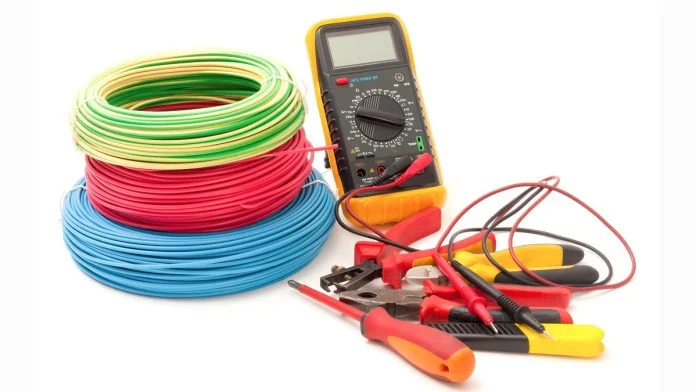Choosing Insulated Electrical Tools – Insulated electrical tools have insulating covers and sheaths that expose the user to a minimum of conducting metal.
Choosing Insulated Electrical Tools
Insulated tools will deliver protection from electric shock with 2 layers of poly – a bonded base coating and a flame-resistant outer layer. The better tools will have 2 layers. Insulated tools are made by attaching injection moulded handles, or by dipping metal handles into molten insulation material. Thicker layers deliver higher insulation ratings.
The process of insulation dipping can be time consuming – tools may need to be dipped multiple times to attain the right insulation thickness and will then require trimming. If you’re looking for a performance standard, the one to watch out for is ASTM F1505, which covers adhesion, dielectric properties, flammability, and durability. The best electrical tools will have a lifetime warranty.
Should you go for insulated gear for reasons of protection, be sure to cover off some of the quirky things you might find yourself needing if you spend time fiddling around in tight spaces. This includes things like tweezers, hooks and clamps, all of which can get used way more often than you’d expect.

When choosing insulated electrical tools be sure to buy strippers, pliers and cutters with pronounced guards to protect against fingers slipping forward onto metal jaws and try the tools to make sure your choice fits your hand. If you’re going to spend serious money on serious tools, never carry an unsheathed knife or cutting implement in your tool bag that may nick insulation.
Does a tech need $A2000 worth of Knipex, Wiha or Klein tools, or can they get by with low cost insulated screwdrivers from Britool or Witte, along with a compact insulated shifter and various cutters, testers, hooks and probes for those times they decide there may be a risk? There’s a case for both options – good tools and well-maintained tools should last a lifetime.
More SEN News here.










